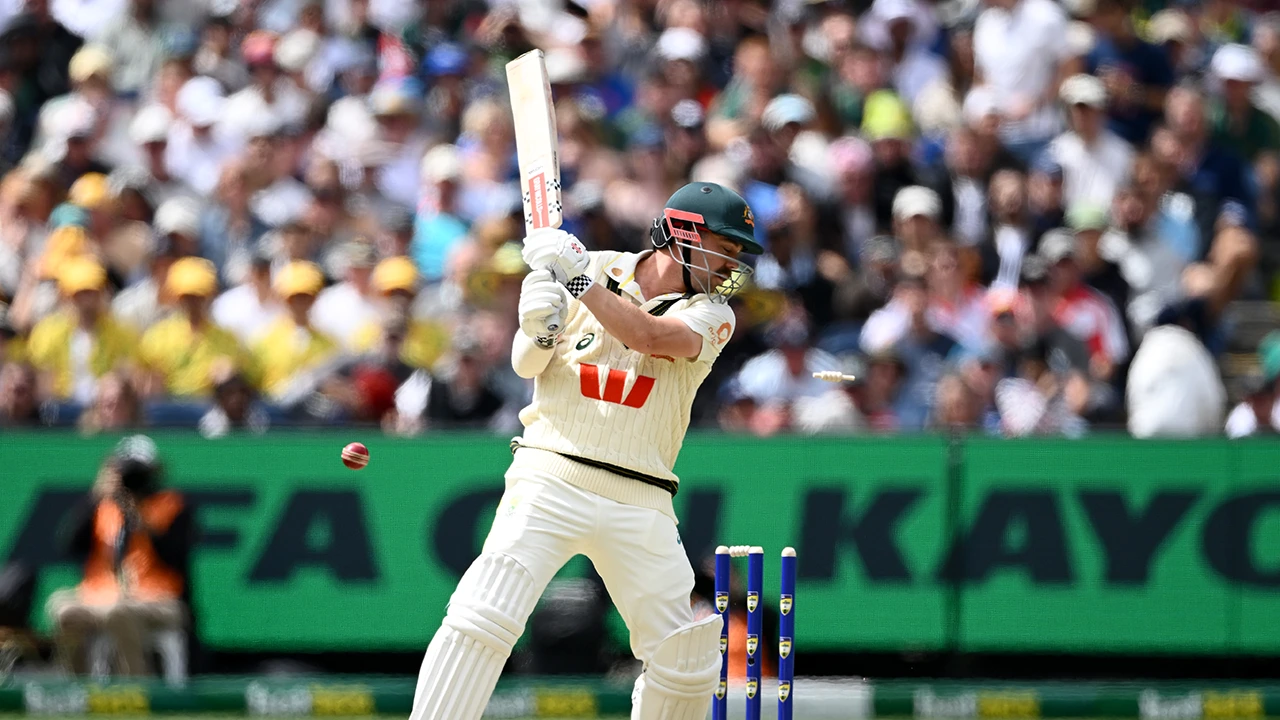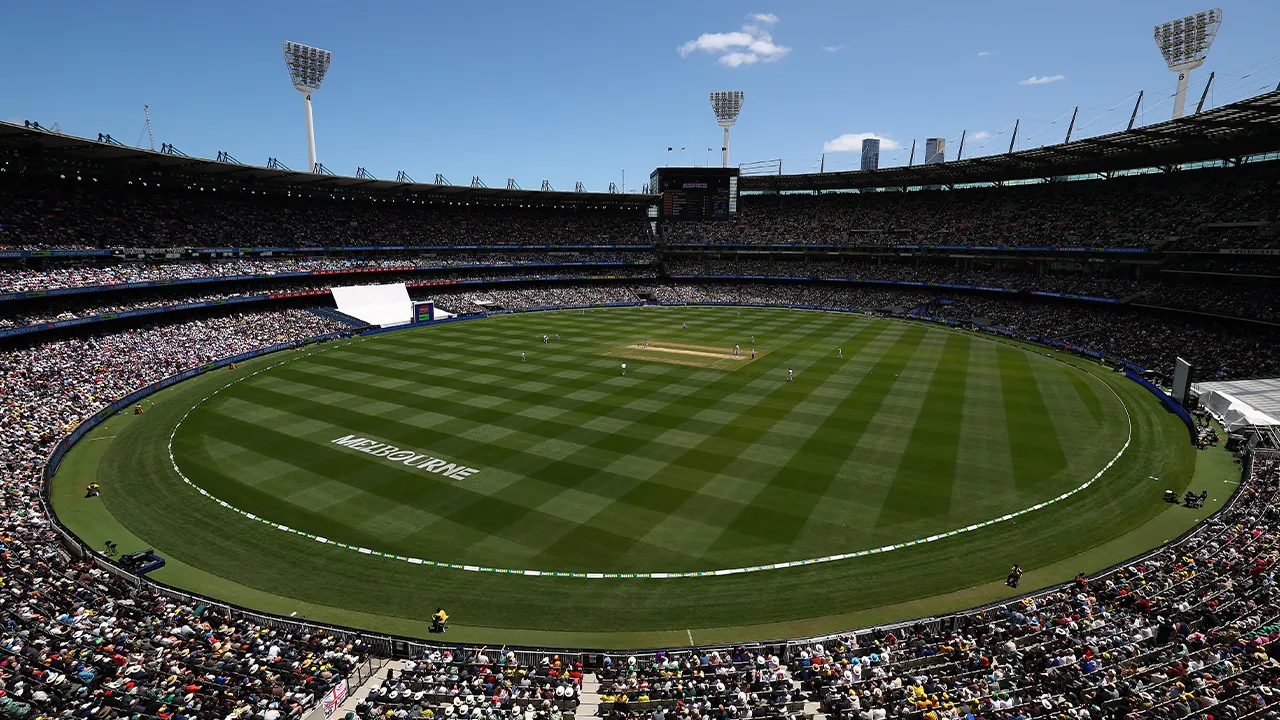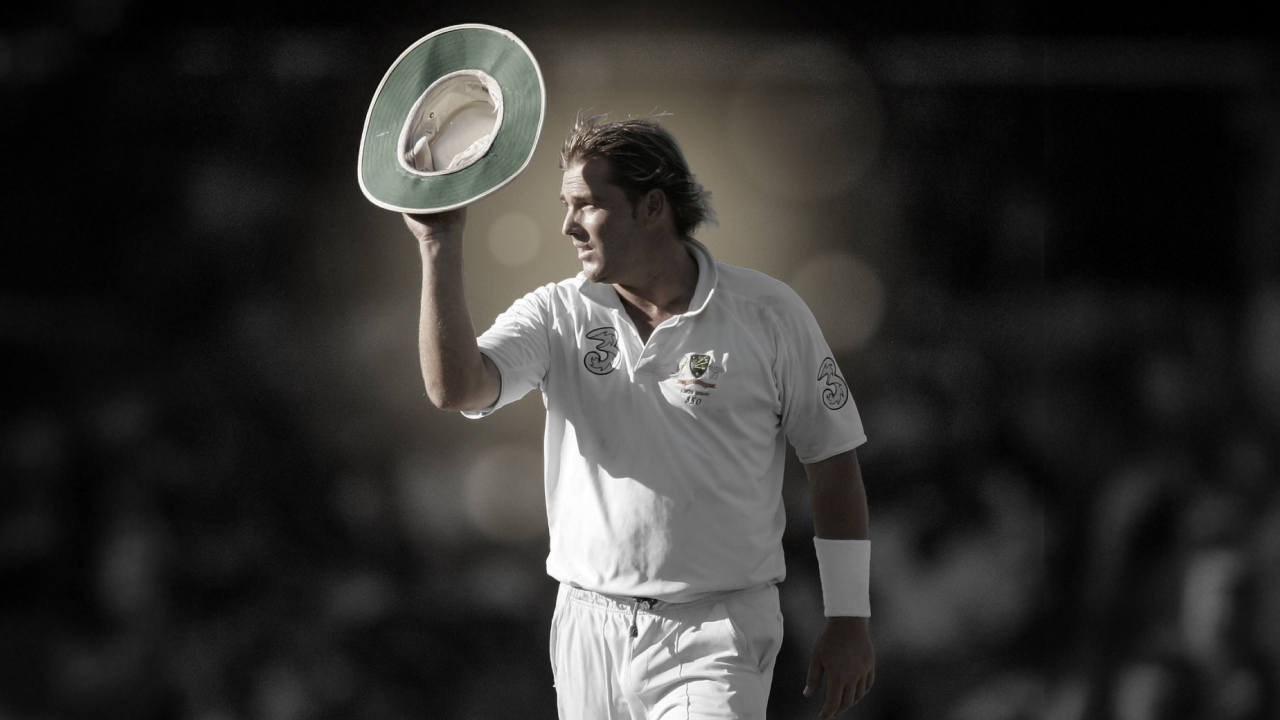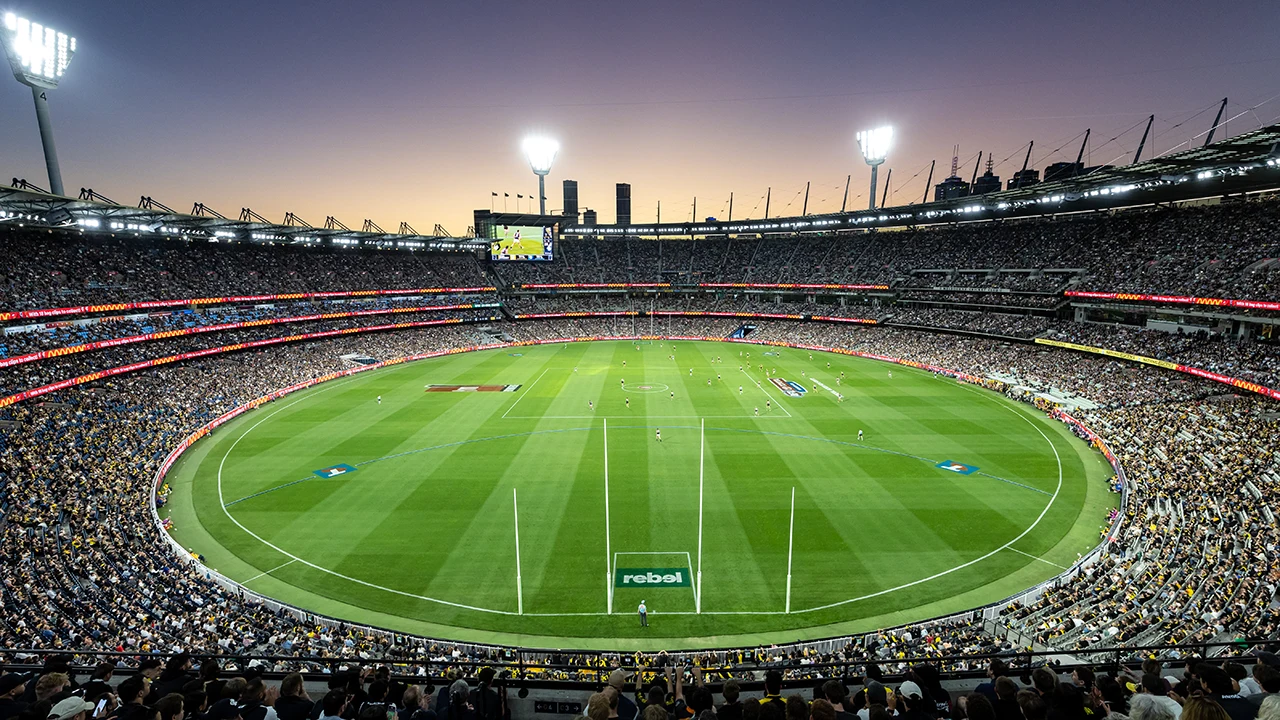Super Bowl LX kicks off at the MCG
Experience one of the biggest sporting events on the global calendar live at the ‘G, as Trumble Bar & Café hosts an American Football Showdown viewing party on Monday February 9, 2026.
Visit our Media Contacts page to make a media enquiry.
Make a request to film, take photos or conduct publicity events at the MCG.
Make an image and brand usage request here.








